-
Engine1.8L I4 + Electric Motor
-
Power121 HP / 105 LB-FT + 120 LB-FT
-
TransmissionCVT
-
DrivetrainFront-Wheel Drive
-
Engine PlacementFront
-
Curb Weight3,075 LBS
-
Seating2+3
-
Cargo24.6 CU-FT
-
MPG54 City / 50 HWY (est)
The new Prius is going to present the world with a conundrum: The fourth-generation hybrid is Toyota's attempt to redefine what it means to be a Prius.
If you've seen the new Prius, then you likely have an opinion about what it looks like. Initial response to the leaked spy photos was overwhelmingly negative. After spending some time with the new Prius in Japan and California recently, the look has grown on us. The back end is still the most difficult angle to appreciate, but walking up to a parking lot of these is not the dispiriting experience some of our readers might expect. And that's before we tell you about how this thing drives.
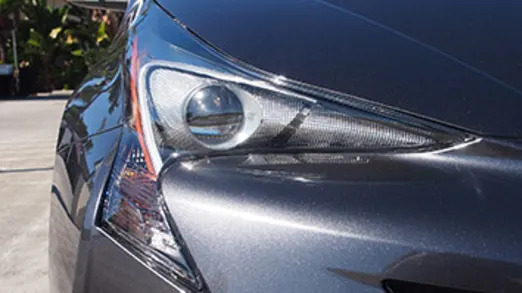
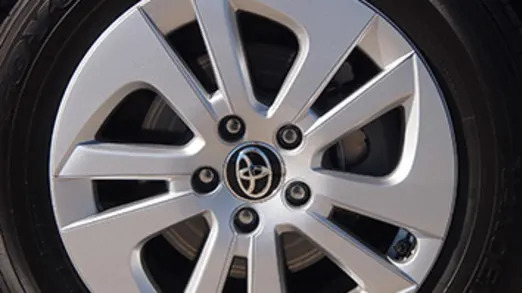
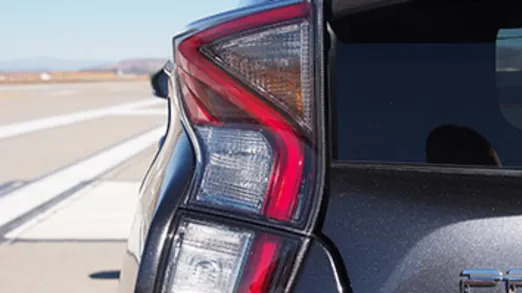
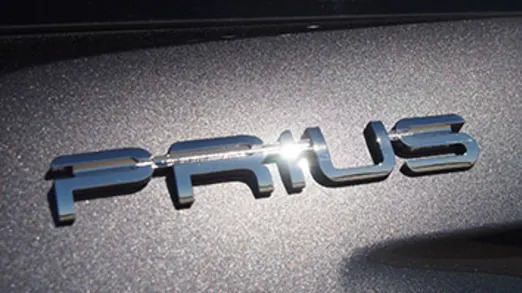
The main reason Toyota was able to introduce actual driving dynamics into the new Prius lies in the Toyota New Generation Architecture (TNGA). The car is wider now, which helps, and has a lower center of gravity. The MacPherson strut suspension up front remains the same as before, but in the back, Toyota has gone to a double wishbone setup. TNGA increases the stiffness by 60 percent compared to the third generation, which helps with overall rigidity.
It's no longer the case that the car "drives like a Prius", but true driving aficionados won't fall in love with the way the new hybrid handles. There's an energy to cornering that simply didn't exist before. You've still got electronically controlled steering and a CVT, but the entire package now promises that, if you want to – and this remains a big if – you can be sprightly while still getting well over 50 miles per gallon. For that sort of fuel economy, the new Prius is honestly more fun than it should be. You can learn more about the promise of TNGA here.There's an energy to cornering that simply didn't exist before.
It says something about the new Prius that we're a number of paragraphs into the story before we get to the car's fuel economy. And here's where the Prius reverts back to its old habits. We drove the Prius Two trim model, which is the new car's entry point. It gets the same estimated fuel economy figures as most of the rest of the trim levels – 55 city, 50 highway, and 52 combined – but the new Prius Two Eco, which uses a li-ion battery instead of the NiMH, gets an estimated 58/53/56. It does this mostly by being 65 pounds lighter, losing weight in the different battery, and because it comes without a spare tire.
Over a gentle drive of 22.5 mostly highway miles, we got a dashboard display of 67.3 mpg. But when you add in a similar stretch of more stop and go driving and some winding roads, our total for 48.8 miles was 57.3 mpg. That's a great number, even if the overall average amount of fuel you'll save over the course of a year with the fourth-gen Prius instead of a third-gen model is negligible. Given 50 mpg combined in the third-gen and an estimated 52 in the new Prius, you'll save around 12 gallons if you drive 15,000 miles a year.
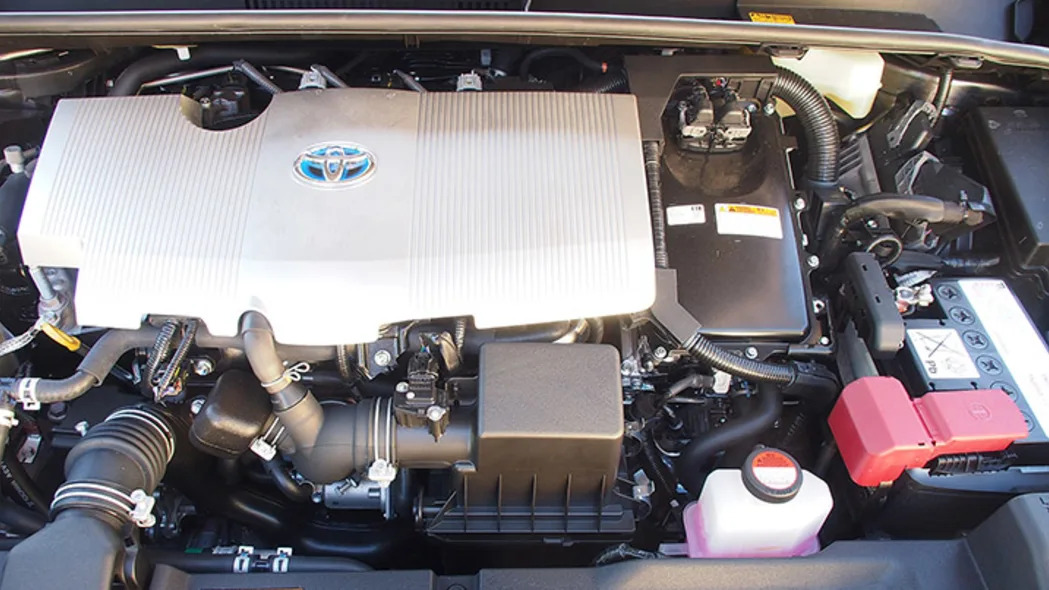
The different trim levels offer quite a disparity of functions and available technology. The coolest of these, Toyota's new TSS (Toyota Safety Sense) Package is standard on touring models and available on Prius Three and Prius Four with the Advanced Technology Package. It's not available on the Prius Two.TSSP doesn't turn the new Prius into a self-driving vehicle, but it does set the stage for that sort of thing.
TSSP doesn't turn the new Prius into a self-driving vehicle, but it does set the stage for that sort of thing. The package includes a pre-collision warning and braking system that can identify vehicles and pedestrians (it's not failsafe, though, as we learned on the track in Japan, where our driver had to manually hit the brakes or else he would have hit the pedestrian dummy) as well as a lane departure alert with steering assist and other conveniences.
If you opt for the Prius Two Eco trim, you might have a problem in tremendously cold temperatures. A Toyota representative said that if the li-ion battery pack gets to below -29 degrees Fahrenheit, it doesn't work right, and the car itself might not be able to function because the battery is an integral part of the powertrain. It should be noted that an outside temperature of -29 won't be a problem in and of itself, since the battery is protected from the cold to some degree. Still, sitting for a week in some Point Barrow parking lot in the dead of winter might not be ideal. Then again, northern Alaska is a tough challenge for most vehicles.
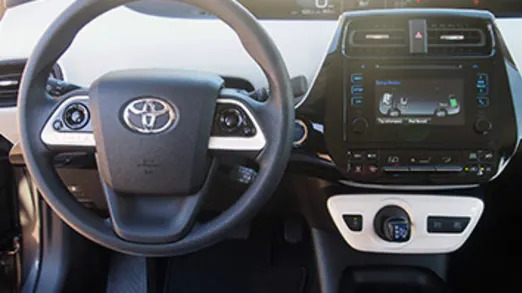

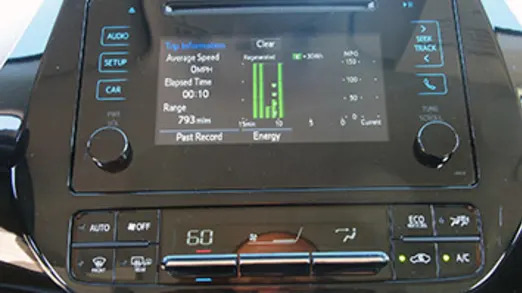
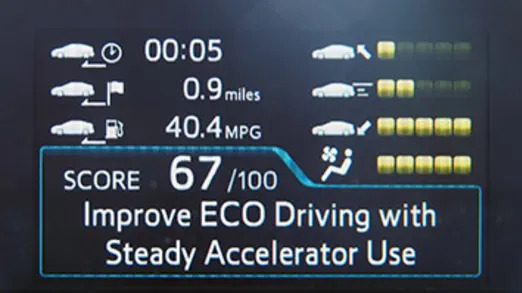
The 2016 Prius will start at $25,035 for the Prius Two model. That's the same as the entry-level 2015 Prius, but you now get a lot more, including those twin pleasures of higher fuel economy and a better driving style. The top-of-the-line Prius Four Touring model starts at $30,835, but has a number of packages you can add on for extra tech. These prices include the delivery and handling fee of $835.The entire cockpit area feels spacious and the rear passenger area is decently sized.
Besides the looks, which opinionated people will continue to disagree on, you can come up with some minor complaints about the new Prius. The doors feel a bit thin and flimsy when you slam them shut, even though the car overall feels solid. Also, there are no rear cup holders like in previous models.
So, we've got a bit of the familiar and some unfamiliar aspects of the Prius here. The good news for people looking to upgrade is that pretty much everything from the driver's seat falls into the familiar category. If you've driven a Prius before, you'll know how everything works. Push-button start. The now-traditional Toyota hybrid drive modes (Eco, Normal, and Power, with a near-useless "EV Mode" button). A high and center-mounted driver information display. But things have been improved, too. The info screen, for example, is now in color instead of the straight-out-of-the-80s blue-green of the third-gen model. There are cool mini badges that say Prius in the air vents. The entire cockpit area feels spacious and the rear passenger area is decently sized. I'm not a huge guy, just five-foot-nine, but I was comfortable enough sitting back there.
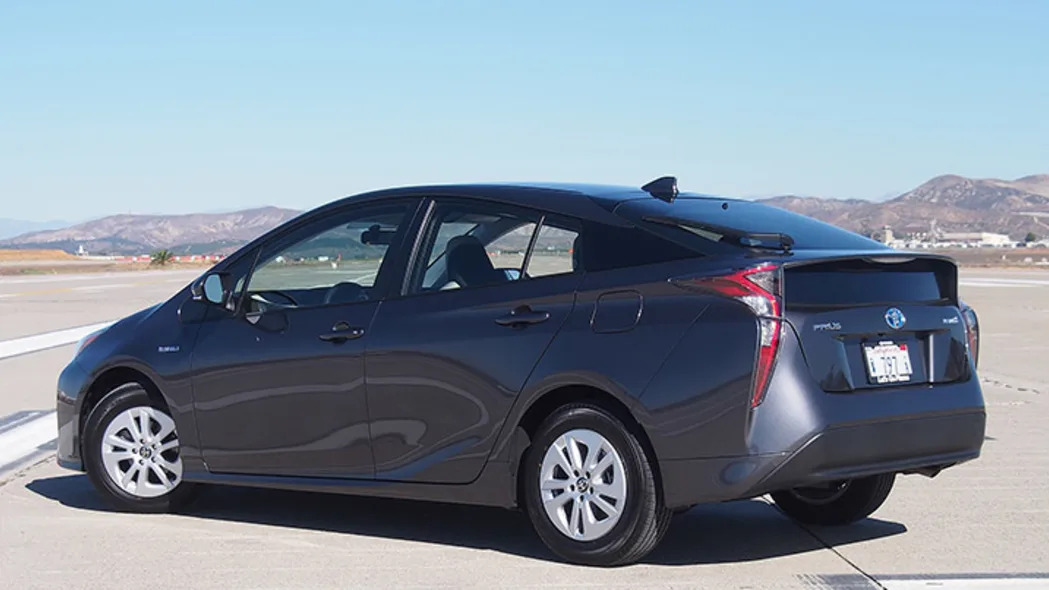
Controlling the car's settings was comfortable, too. The simple HVAC buttons deserve a special call-out, for making it easy to adjust the temperature. Toyota hasn't seen fit to add Apple CarPlay or Android Auto to the new Prius, but connecting an iPhone to the car's infotainment system was a quick enough process. The whole dashboard seems designed for maximum use and minimum fuss. When you're done driving, you can toggle to a little green driving score on the info screen (also available as a preview in real-time screen while on the road) that includes an Eco-Diary that shows you how far you drove and your daily fuel economy for the past four days. The new Prius doesn't force you to learn how to be a better eco driver every day, but if you're interested in this sort of thing, it's available for you.The new Prius doesn't force you to learn how to be a better eco driver every day, but if you're interested in this sort of thing, it's available for you.
And this, again, shows that the new Prius isn't trying to dominate your driving experience with fuel efficiency metrics. Toyota representatives said at the launch that one of the missions of this new car is to appeal to buyers who were new to the Prius family (of course, is there a mass-market car that doesn't try to do this?). The way that the new Prius goes about this task is by offering up more than a pure fuel-efficiency story. It doesn't have an electric vehicle's sprightly acceleration (it's still slow), but by trying to expand the definition of what it means to be a Prius – fuel efficient and legitimately sort of fun – this car has a better chance than most.
Of course, the green car environment is broader and healthier than it's ever been, so just getting great fuel economy was never going to cut it in 2016 (the car arrives in mid-January). If you're not going to offer a plug-in version (and Toyota hasn't said one way or the other it if will), you're going to need to come to the table with something efficient, futuristic, and familiar to complete with the Chevy Volts and the ever-more-efficient gas competition. Luckily for Toyota, that's exactly what the fourth generation Prius represents. It's just might be what it takes to redefine an icon.











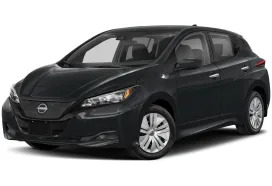

Sign in to post
Please sign in to leave a comment.
Continue